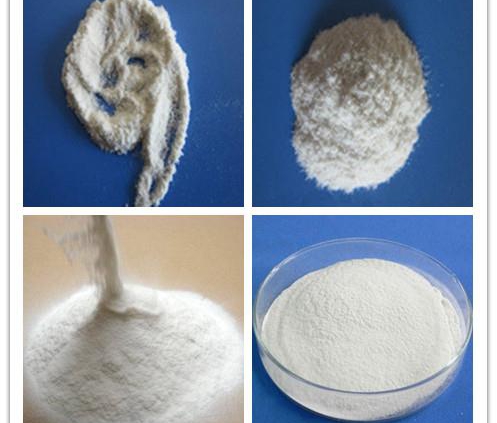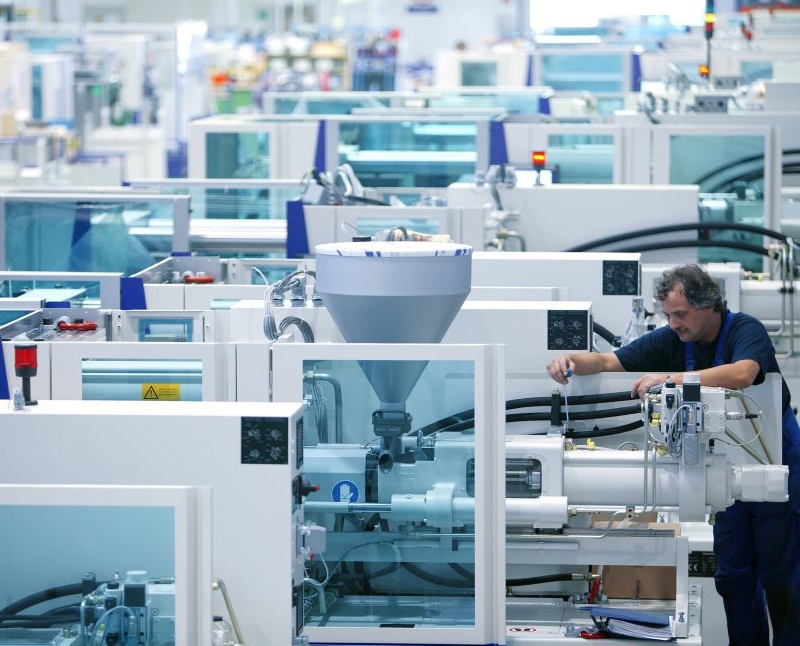To understand the importance of additives in the plastics industry, it is enough to know that almost all plastic parts and products are produced from one or more base polymers along with certain amounts of additives. The range of applications of these additives in thermoplastic materials is even broader, and the raw materials themselves often contain some amounts of additives.
The properties of plastics are significantly influenced by production conditions and the use of additives. The combination of the polymer base and additives with specific formulations, in addition to determining aesthetic features like color and gloss, can also enhance properties such as heat resistance, weather resistance, impact resistance, and many other characteristics of the final product. Moreover, some additives, such as fillers, are used to reduce the cost of raw materials.
Below, the most commonly used additives in the plastics and polymer industry will be briefly introduced.

How to Choose Polymeric Additives
The selection of polymeric additives is a complex and sensitive process that requires high expertise and precision. If producing masterbatch is considered a specialized task, producing polymeric additives is even more complex and specialized. This sensitivity arises from the need for quality testing, which can only be carried out in advanced laboratories and cannot be identified by visual indicators.
Importance of Quality Testing
One of the main reasons for the sensitivity in selecting polymeric additives is the need for precise quality tests. These tests, due to their cost, directly impact production costs. Conducting these tests is essential to ensure the quality and stability of the additives.
Choosing from Reputable Manufacturers
Because of the importance of these tests and their impact on the final product’s quality, consumers prefer to purchase polymeric additives from reputable manufacturers. These manufacturers offer their products to the market after conducting thorough testing and ensuring high quality. Choosing high-quality polymeric additives can create significant opportunities to improve the performance of polymeric products and enhance their efficiency and durability.
Ultimately, paying attention to these points can help producers and consumers choose high-quality and efficient polymeric additives that will improve product performance and reduce production costs.
Amount of Polymeric Additives Used
The amount of polymeric additives used can vary depending on the concentration of the additives in the thermoplastic base and the specific needs of the customer. In this context, besides the quality of the additives, the economic aspect is also particularly important.
Key Parameters in Using Additives
-
Cost-effectiveness: The cost of polymeric additives can be much higher than the raw materials. Many consumers may initially be reluctant to use expensive additives. However, appropriate and timely use of these additives can help reduce production costs, decrease equipment wear, and improve the final product’s quality.
-
Selecting the right base and special mixing formulation: Producers should choose the right base materials and design a special mixing formulation to produce a product that meets market demands. This process can create added value and improve product performance.
-
Proper equipment: The use of proper equipment also plays an important role in the effective utilization of polymeric additives. High-quality equipment can help achieve better mixing formulations and optimize the use of additives.

Advantages of Proper Use of Additives
Proper use of polymeric additives can enhance multiple properties of polymeric materials, including:
-
Durability: Increases the service life of products and reduces the need for early replacement.
-
Hardness: Improves strength and resistance to pressure and impact.
-
Clarity: Enhances transparency and visual appeal of products.
-
Prevention of wear: Increases resistance to environmental factors and reduces wear.
The properties of polymers can be significantly modified with the right additives. How additives are used depends on the type of polymer and its application, so producers and consumers must use these additives carefully and according to their specific needs.
Application of Additives in the Plastics Industry
Different additives in the plastics industry are used to improve the properties and performance of polymeric products. The following is an introduction to the types of additives and their applications:
-
Filler
Fillers are inexpensive materials added in very small sizes to plastics. Their purpose is to reduce costs, increase hardness, toughness, and impact strength of plastics. These materials can be made of wood, metal, glass, clay, or powder. -
Antioxidant
Antioxidants help plastics resist degradation caused by air. These additives prevent oxidation and quality deterioration of plastics. -
Antimicrobial
Antimicrobials are used to prevent the growth of fungi and bacteria in food packaging. These additives help maintain the hygiene and safety of food products. -
Antistatic
Antistatic additives are used to reduce or minimize static electricity on the surface of electronic components. These materials help prevent dust accumulation and electrical issues. -
Plasticizer
Plasticizers are used to make plastic products softer and more flexible. After being added to plastics, they tend to migrate and evaporate. The most well-known plasticizer is DOP, which is used for PVC. -
Lubricant
Lubricants are used to facilitate molding and increase the adhesion and viscosity of molded parts. They help improve production processes and reduce friction. -
Flame Retardant
Polymers are often flammable and produce thick smoke when burning. Flame retardant additives are used to prevent the spread and propagation of fire and increase fire resistance. These additives are most commonly used in construction, electronics and electrical, automotive, and furniture industries. -
Fibers
Fibers are used to increase strength and toughness in plastics. The most commonly used fibers are carbon and glass fibers. Plastics reinforced with glass are known as fiberglass or composite. -
Recycled materials
Recycled materials also require additives. Due to degradation, recycled materials need more additives to become resistant and stable and to be processable.
Selecting Additives
Additives in the plastics industry are used for all polymer groups, including composites, tires, adhesives, and paints. However, not every type of additive can be simply added to base materials. These additives must be chosen and used according to the role of the polymer or plastic and its application. For selecting the type of additive, the amount, and the timing of its addition, consulting with a specialist is recommended to achieve the best possible result.


